AM-65 - Geospatial data classification

- Compare and contrast the assumptions and performance of parametric and non-parametric approaches to multivariate data classification
- Describe three algorithms that are commonly used to conduct geospatial data classification
- Explain the effect of including geospatial contiguity as an explicit neighborhood classification criterion
- Compare and contrast the results of the neural approach to those obtained using more traditional Gaussian maximum likelihood classification (available in most remote sensing systems)


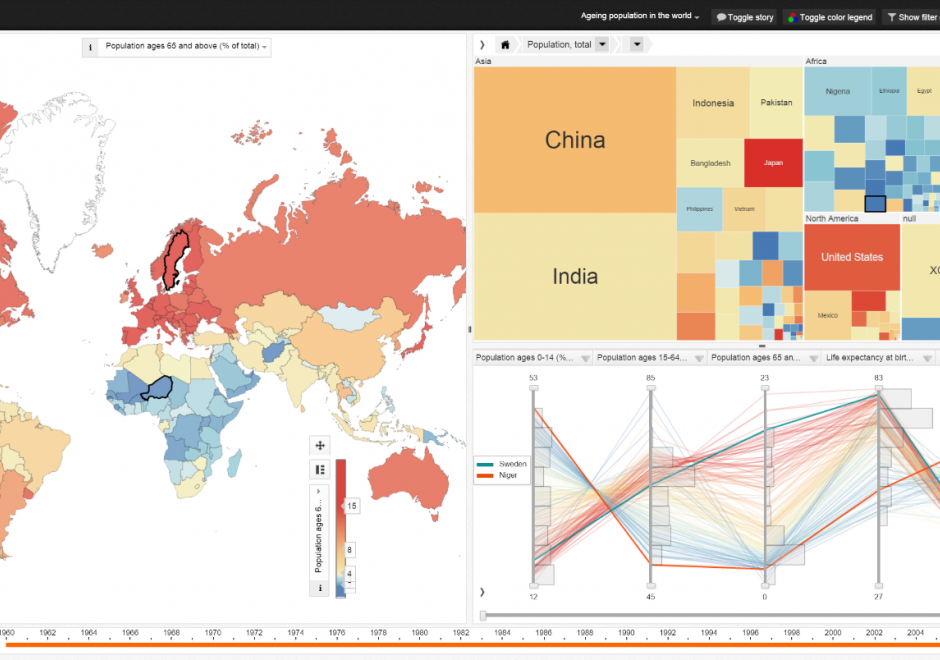
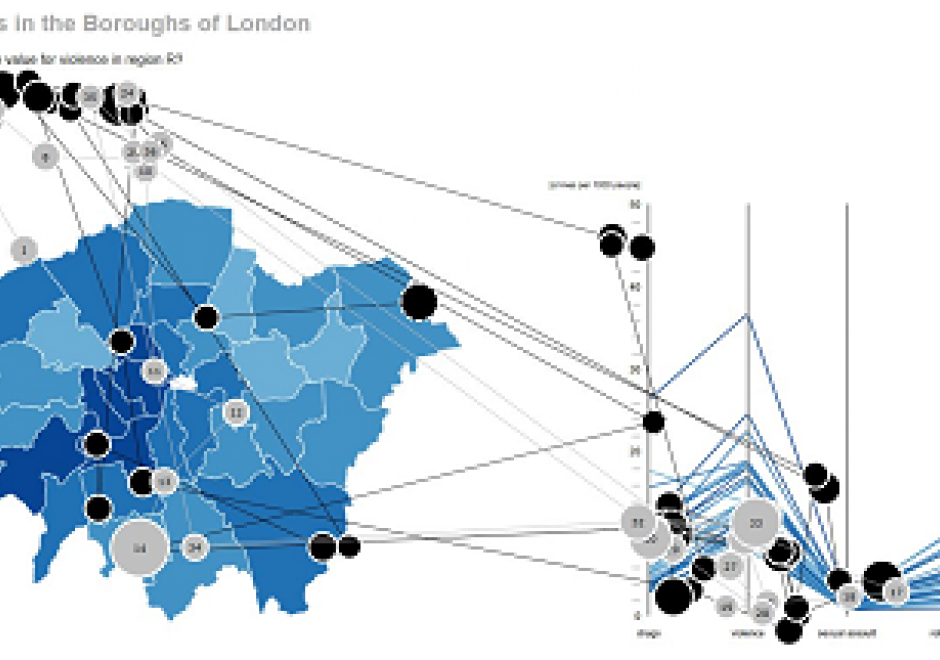
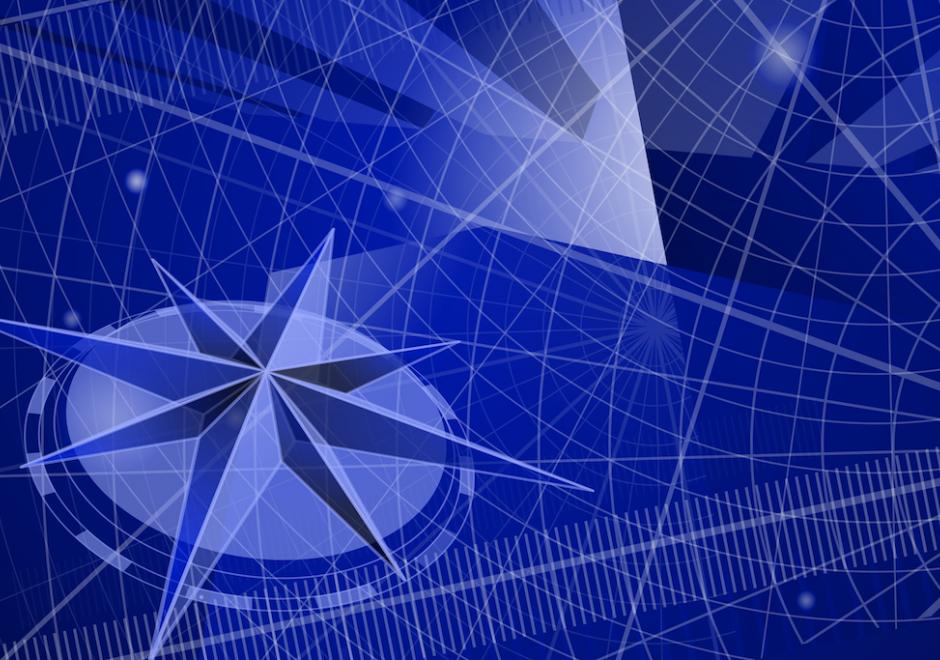
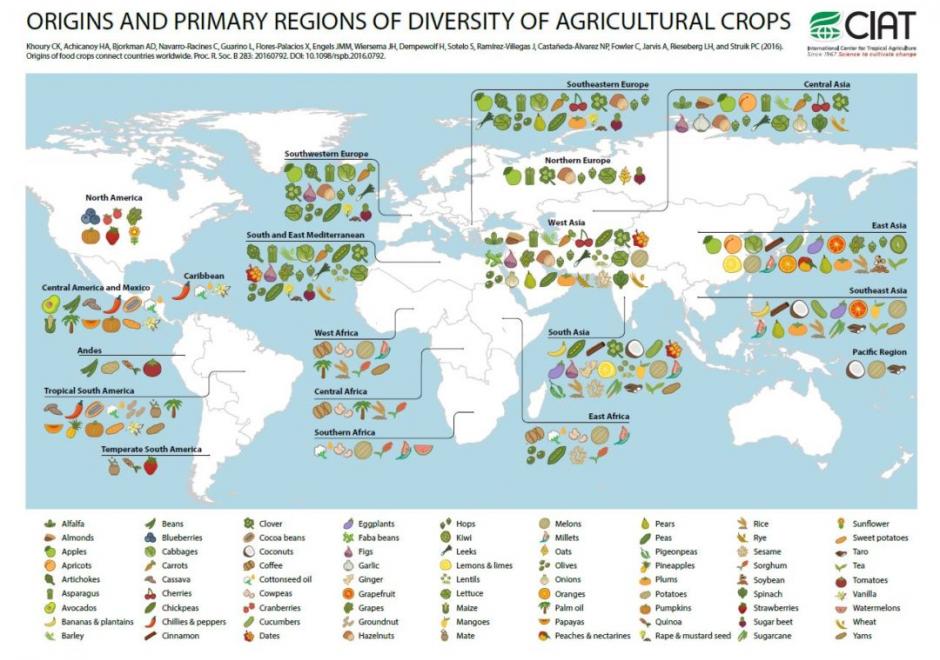
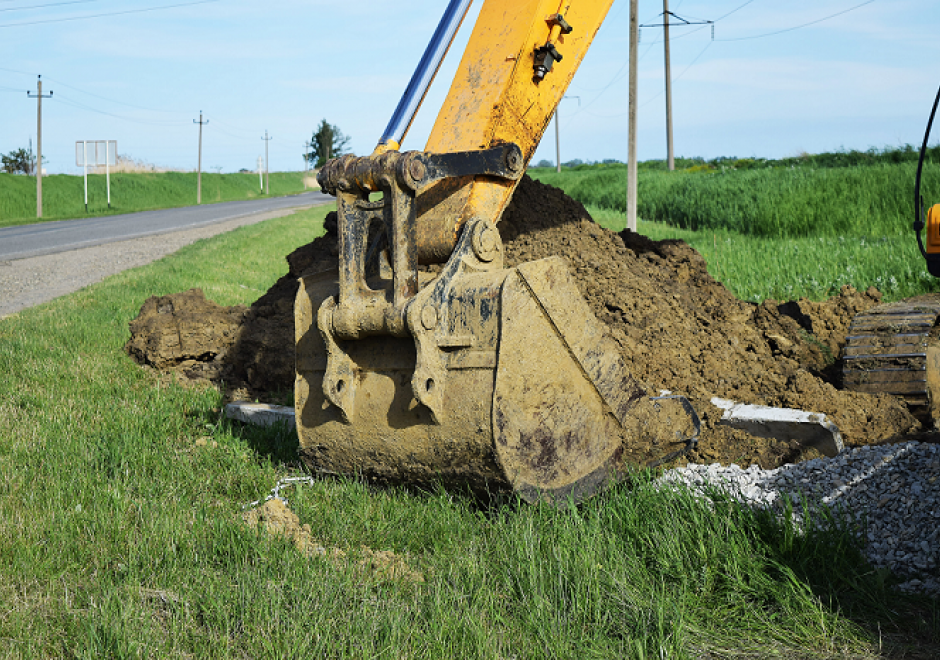
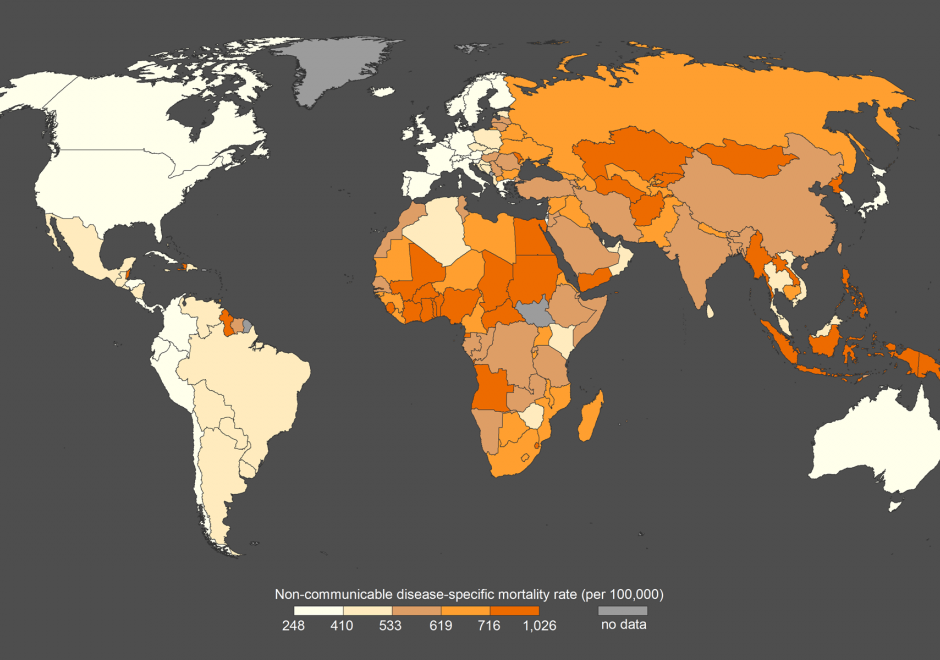
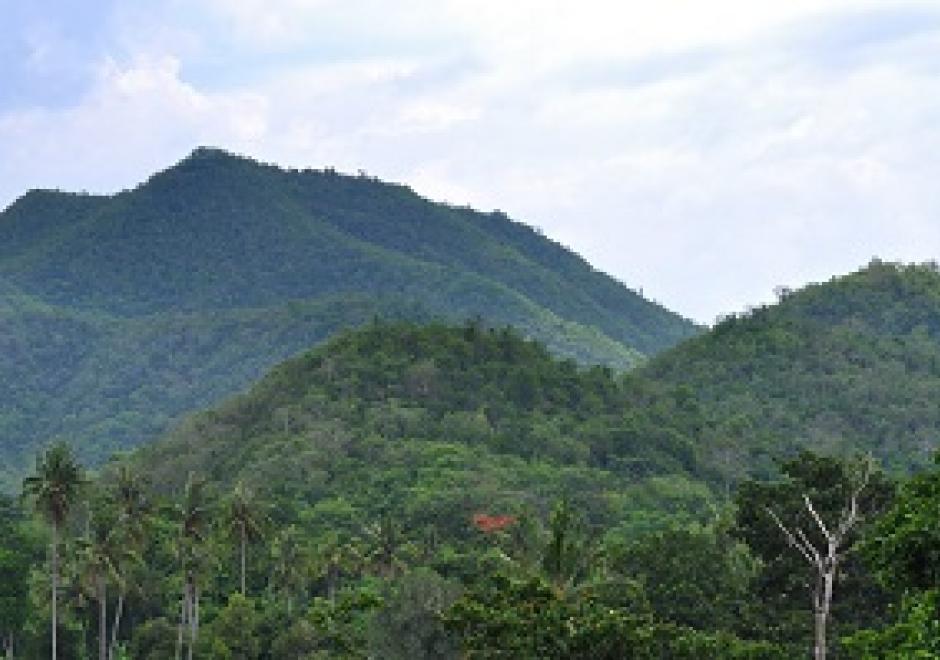
FC-22 - Geometric primitives